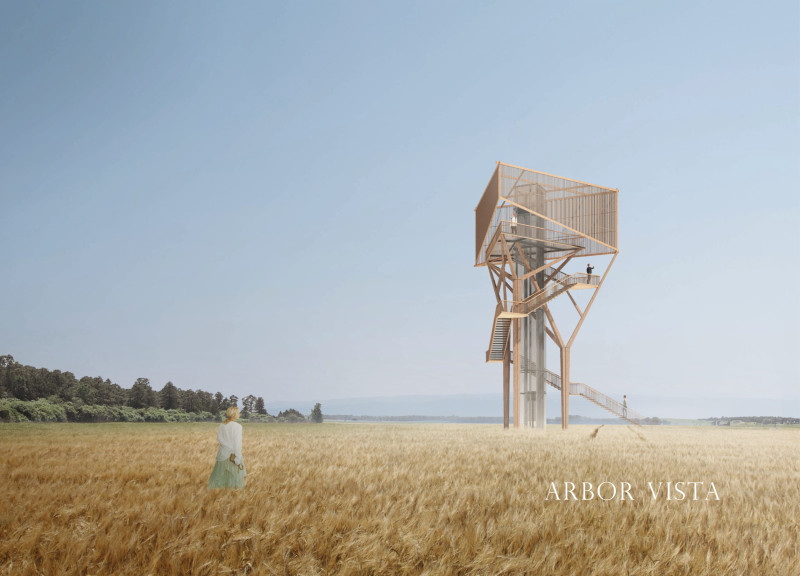5 key facts about this project
At the core of this design is the concept of connectivity—both with the environment and among its users. The architecture employs an open layout that encourages interaction, supporting a community-focused approach to space utilization. By incorporating communal areas, such as [mention specific areas like a courtyard or shared garden], the project promotes social engagement, enhancing the overall user experience and fostering a sense of belonging among occupants.
The material palette chosen for the project is both deliberate and strategic, reflecting a commitment to sustainability and local context. A combination of high-performance concrete, which provides structural durability, and locally sourced limestone, which ties the building to its geographic identity, is utilized throughout the design. Additionally, the use of reclaimed timber not only adds warmth and texture to the interior spaces but also underscores an ecological mindfulness that is increasingly important in modern architecture. Large expanses of low-emissivity glass allow natural light to penetrate deep into the interiors, reducing dependency on artificial lighting and enhancing the connection with the surrounding landscape.
Unique design approaches are evident in various architectural features, such as [describe specific design elements, like innovative roof forms, façade treatments, or landscaping strategies]. For instance, the building’s roof is designed to achieve both aesthetic value and functional performance, likely incorporating features that allow for rainwater collection or solar energy capture. This integration of passive design strategies not only contributes to the building’s sustainability but also reduces operational costs over time.
The project focuses on delivering a balanced relationship between built and natural environments, evident in its landscaping strategy, which includes native plant species to minimize water usage and enhance biodiversity. Such an emphasis on environmental stewardship demonstrates a forward-thinking approach to architecture, where the built environment harmonizes with the ecological context.
Interior spaces are designed with flexibility in mind, allowing for adaptive uses as the needs of occupants evolve over time. This adaptability is considered vital in an era where spaces must accommodate various functions, from quiet working areas to vibrant meeting hubs. Configurable spaces enable users to personalize their environment, reflecting a movement toward user-centered design that prioritizes the needs and preferences of those who inhabit the space.
As visitors engage with the project, they are invited to explore the array of architectural plans, sections, and designs that depict the careful thought invested in every aspect of the building. Each detail, from material selections to spatial layouts, is meticulously considered to enhance both functionality and aesthetic appeal. The architectural ideas presented throughout the project dialogue with local culture and environment, reinforcing a sense of place and identity.
In summary, the architectural design exemplifies a conscious effort to create a space that is not only functional but also resonant with its context. With its emphasis on community, sustainability, and user adaptability, this project stands as a testament to thoughtful architectural practice. Readers are encouraged to delve deeper into the presentation of this project to fully appreciate the architectural plans, sections, and intricate designs that contribute to its narrative. Exploring these aspects will provide further insights into the innovative design ideas that have shaped this remarkable architectural endeavor.


























